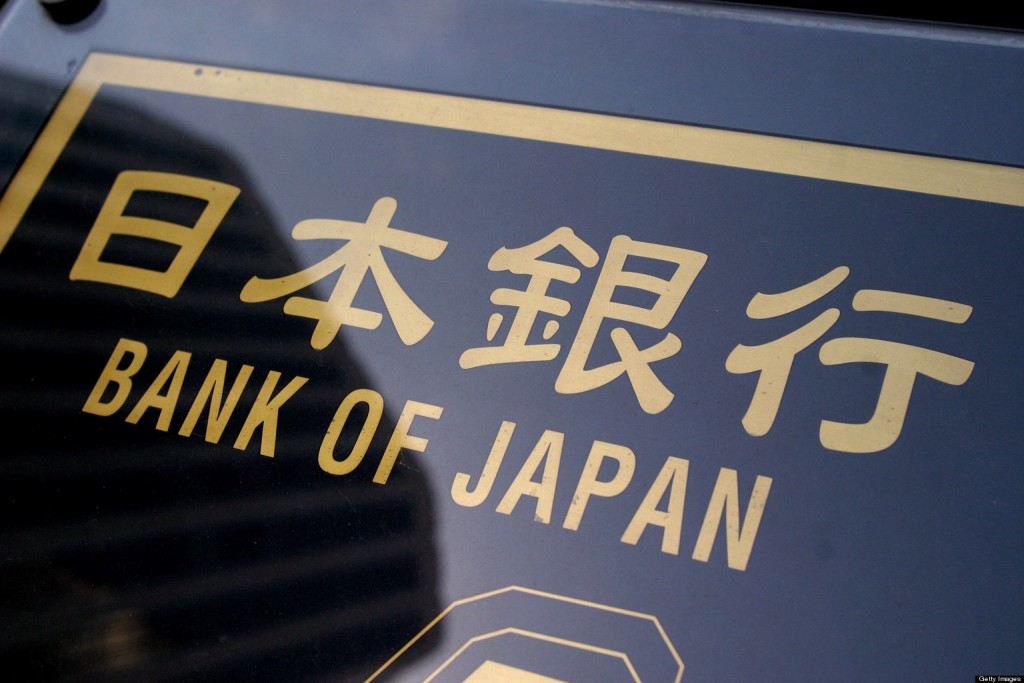On Wednesday, the bank of Japan lowered its inflation forecast for the next fiscal year. Fiscal 2016 inflation forecasts were raised to 2.2 % from 2.1%. Central bankers remain publicly confident that Japan will meet its goal of 2% inflation.
In another move, BOJ will not expand its buying program of government bonds and risk assets, intended to increase base money 80 trillion yen (678billion). Instead, the BOJ extended two long schemes with the intent of encouraging banks to loosen lending. One alone was expanded by 3 trillion yen.
Governor, Haruhiko Kuroda, will detail his plan in his post meeting. Investors are watching, with a careful eye as they wait to see how new projections will be reconciled with his pledge of 2% inflation. The markets will be looking to Kuroda for reassurance of his confidence in current policies.
Expectations were tempered as markets tried to weigh recent drops in oil prices coupled with a rise in prices weighing on inflation concerns. Fear also contributed as many BOJ policy makers worry the bank has made too large of purchases, which have already pushed five-year government bonds to negative territory.
Oil prices have more than halved since October fueling expectations of an expansion of the QQE program.
In currency markets, the U.S. Dollar dropped to session lows as currency traders became aware the BOJ will hold policy steady. Many investors sold the yen ahead of the announcement to leverage against any surprise announcements in policy.
Polled analysts are forecasting lower price growth by about 0.6% contributing more to expectations BOJ will expand quanta rive and qualities easing (QQE).
BOJ also revised upwards its economic growth forecast for next fiscal year. Originally pegged at 1.5%, BOJ raised that figure to 2.1%. This signals the BOJ is anticipating solid growth in wages which in turn accelerate inflation.
The BOJ reviews and revises projections twice a year. It issues a report with economic and price forecasts every January and July.

